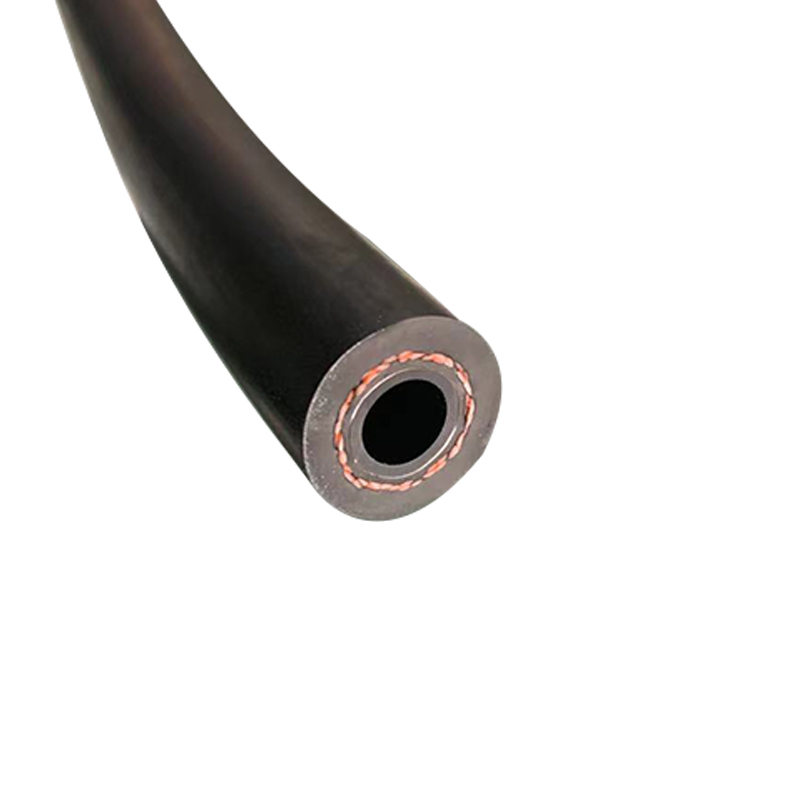Understanding Transmission Oil Cooler Lines and Their Importance in Vehicle Performance
nov. . 01, 2024 18:46 Back to list
Understanding Transmission Oil Cooler Lines and Their Importance in Vehicle Performance
Understanding Transmission Oil Coolant Lines
In the realm of automotive engineering, the efficiency and longevity of a vehicle's transmission system are paramount. One crucial component that contributes to this is the transmission oil coolant line. This system is designed to manage the temperature of the transmission fluid, ensuring optimal performance and preventing damage due to overheating.
What Are Transmission Oil Coolant Lines?
Transmission oil coolant lines are conduits that circulate transmission fluid between the transmission and the engine’s cooling system. They play a vital role in maintaining the operating temperature of the transmission fluid, which is essential for smooth functioning. The fluid not only lubricates the moving parts within the transmission but also serves as a coolant to dissipate heat generated during operation.
Importance of Temperature Management
Heat is a natural byproduct of any mechanical system, including transmissions. Excessive heat can lead to serious performance issues, including transmission slipping, decreased efficiency, and, in extreme cases, catastrophic failure. The primary function of the transmission oil coolant line is to transfer the heated fluid away from the transmission to the radiator or an external cooler. Here, the fluid is cooled down before being recirculated back into the transmission.
How Do They Work?
transmission oil coolant line

The process begins when the transmission fluid heats up due to the friction generated by internal components. As the temperature rises, the fluid is pumped through the transmission oil cooler, which is often integrated with the vehicle's radiator. Coolant from the radiator absorbs the heat from the transmission fluid, effectively lowering its temperature. Once cooled, the transmission fluid is sent back to the transmission to continue its vital role in lubrication and cooling.
Signs of Trouble
Over time, transmission oil coolant lines can become damaged or clogged, leading to insufficient cooling of the transmission fluid. Symptoms of potential problems include slipping gears, unusual noises, and overheating indicators on the dashboard. A noticeable burnt smell from the transmission fluid can also be a warning sign that the fluid has degraded due to excessive heat.
Maintenance and Care
Regular maintenance can help prolong the life of both the transmission and its coolant lines. It’s advisable to inspect the coolant lines for leaks, wear, or any signs of damage during routine service checks. Additionally, changing the transmission fluid at recommended intervals helps ensure that the system operates efficiently. Clean fluid not only improves lubrication but also enhances heat transfer properties, further protecting the transmission from overheating.
Conclusion
The transmission oil coolant line is a vital component in the overall health of a vehicle's transmission system. By effectively managing fluid temperature, they ensure that the transmission operates smoothly and efficiently. Understanding their function and the need for regular maintenance can lead to longer transmission life and better vehicle performance. Car owners should remain vigilant and proactive regarding their vehicle’s cooling and transmission systems for safe and reliable driving experiences.
Latest news
-
Air Conditioning Charging Hose: Durable AC Recharge Kits
NewsAug.22,2025
-
Premium 4890 AC Hose | Durable & Perfect Fit Replacement
NewsAug.21,2025
-
High-Quality AC Hose: Compressor to Evaporator for Car
NewsAug.19,2025
-
Glass Storage Jar with Acacia Vacuum Vented Cover - HEBEI KEMO|Thermal Resistance, Food-Grade Safety, Eco-Friendly
NewsAug.18,2025
-
Glass Storage Jar with Acacia Lid - Hebei Kemao | Heat-Resistant, Eco-Friendly
NewsAug.18,2025
-
Glass Storage Jar with Acacia Vacuum Vented Cover - HEBEI KEMO|Thermal Resistance,Eco-Friendly Storage
NewsAug.18,2025
